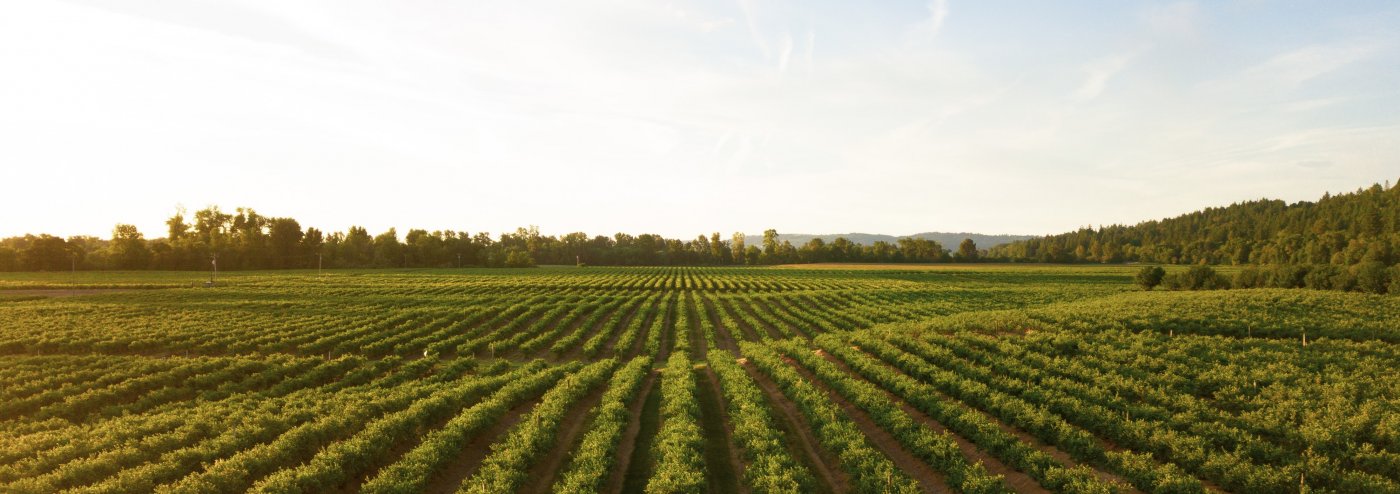
The world’s biggest terrestrial carbon sinks are found in young forests.
More than half of the carbon sink in the world’s forests is in areas where the trees are relatively young – under 140 years old – rather than in tropical rainforests, an international team of researchers including Almut Arneth shows. These trees have typically ‘regrown’ on land previously used for agriculture, or cleared by fire or harvest and it is their young age that is one of the main drivers of this carbon uptake. Previously it had been thought that the carbon uptake by forests was overwhelmingly due to fertilisation of tree growth by increasing levels of carbon dioxide in the atmosphere. However, the analysis published in PNAS (www.pnas.org/cgi/doi/10.1073/pnas.1810512116) demonstrates that areas where forests are re-growing take up large amounts of carbon not only due to these fertilisation effects, but also as a result of their younger age.
Although the existence of a large carbon sink in terrestrial ecosystems is well-established, the drivers of this sink remain uncertain. It has been suggested that perturbations to forest demography caused by past land-use change, management, and natural disturbances may be causing a large component of current carbon uptake. Here we use a global compilation of forest age observations, combined with a terrestrial biosphere model with explicit modeling of forest regrowth, to partition the global forest carbon sink between old growth and regrowth stands over the period 1981–2010. For 2001–2010 we find a carbon sink of 0.85 (0.66–0.96) Pg year−1 located in intact old-growth forest, primarily in the moist tropics and boreal Siberia, and 1.30 (1.03–1.96) Pg year−1 located in stands regrowing after past disturbance. Approaching half of the sink in regrowth stands would have occurred from demographic changes alone, in the absence of other environmental changes. These age-constrained results show consistency with those simulated using an ensemble of demographically-enabled terrestrial biosphere models following an independent reconstruction of historical land use and management. We estimate that forests will accumulate an additional 69 (44–131) Pg C in live biomass from changes in demography alone if natural disturbances, wood harvest, and reforestation continue at rates comparable to those during 1981–2010. Our results confirm that it is not possible to understand the current global terrestrial carbon sink without accounting for the sizeable sink due to forest demography. They also imply that a large portion of the current terrestrial carbon sink is strictly transient in nature.